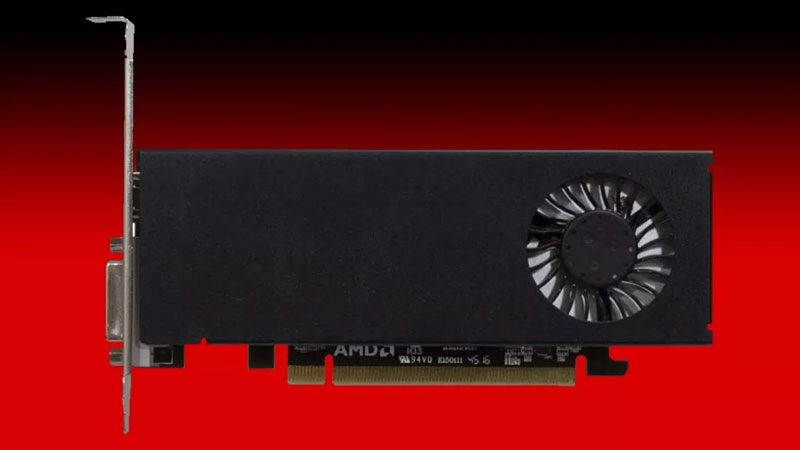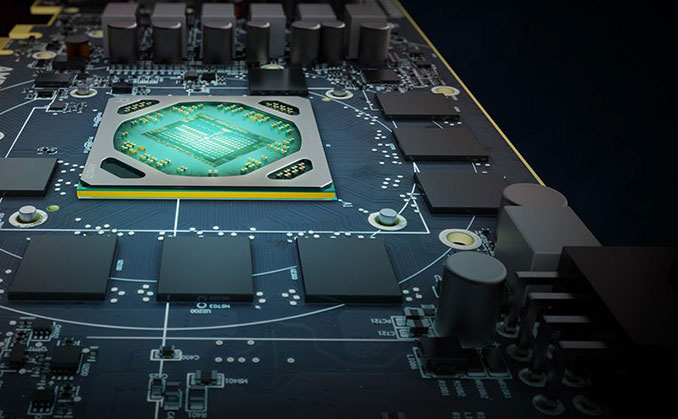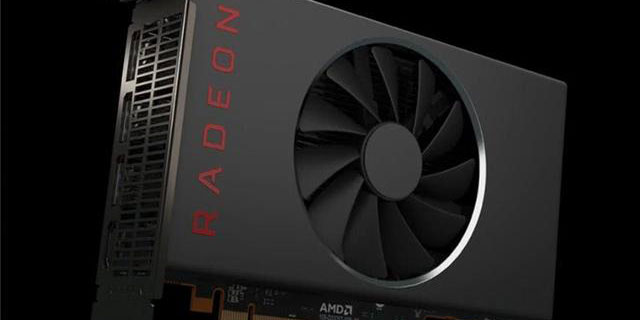Things to Know About AMD Radeon RX 550
Martin Wilson
Apr 13, 2022
Radeon RX 550 is AMD's first graphics card built on the latest technology since the Polaris 11, based on the Radeon RX 460. AMD claims that the RX 550 supports 1080p in several popular e-sports games. It also says that the card's small size and low power draw it to PCs for home theaters. It's fitting that the RX 550 slides in behind AMD's newly announced Radeon RX 560 and starts at $80. This is a crucial price value. As in the past, we had the Best Graphics recommendations, including the price of $90 for the Radeon R7 360. The model's demise forced us to move up the price towards the Radeon RX 460, which was launched at $110 in August.

Specs and Functions
The RX 550 is the most stripped-down version of any of AMD's Radeon RX 500 series processors we've seen thus far. To keep the card cool, Asus needed to install one fan. Only half of the PCB of the card is covered by the black-red-red shroud that surrounds the spinner. This card's single-fan design makes it light and compact. The RX 500's dimensions are 7.2 inches long, 4.4 inches wide, and 1.7 inches deep, making it suitable for even the tiniest PC cases. It's still a dual-width card with a full height. Bear this in mind if you're contemplating a smaller chassis or a smaller tower for your next build.
This Asus card does not have any extra PCI Express connections; instead, it directly receives power from the motherboard. A DVI, an HDMI 2.0, and a conventional DisplayPort are all included as visual outputs on this card. It is typical for a graphics card like the RX 550 to have three USB 3.0 connections. Three of these should be able to connect to any displays, regardless of their age or model.
There are two memory configurations available for the AMD Radeon RX 550: 4GB and 2GB. This is a 4GB version of the Asus Radeon RX 550, which has its memory clocking in at a maximum of 7,000 MHz. Radeon RX 555s with 4GB and 2GB of memory cost roughly $20 each. Performance, particularly at higher resolutions, may benefit greatly from adding two times the RAM.
We haven't had an opportunity to test the 2GB Radeon RX 550, so we can't say for sure how big of a difference there is between the two. High-resolution gamers will always appreciate the additional RAM. As a result, the card is best suited for games at lower resolutions or 1080p, given the card's overall bent and restricted capabilities.

Software
Asus' GPU Tweak II software may be used with this and other Asus GPUs. The company's website offers the software for free. Overclocking is a cinch because of the one-click functionality. For the application to function properly, it must be running at all times, and the Home menu will be shown with a specific emphasis on three modes: OC, Gaming, and Silent. It has a basic clock speed of 1183 MHz if you pick Gaming. OC Mode increases the card's clock speed by 20 MHz, while Silent Mode decreases it by 20 MHz. An Info tab reveals the GPU clock speed, its default speed, and other relevant information.
As we witnessed when switching between Silent and Gaming, the slight speed bump should translate to small improvements in performance. Instead of increasing our test results, we found that moving from Gaming to OC had the opposite effect. This isn't how we'd want to see it, but the cheap cost of the chip and the modest cooling system may be to blame. The card's power draw may also be an issue because it lacks supplementary power ports. A $110 card can't be overclocked since it isn't meant to be overclocked.
In the Professional option, you may change variables like the speed of your RAM or voltage and temperature and power objectives. For overclocking, it may be possible to tweak these values. You'll need to upgrade your graphics card's power if you want better performance than what the stock settings can provide. There is no way this card and its little cooling system will get you to the next level, even if it is overclocked.
Asus also sells XSplit Gamecaster software, which you can use to broadcast and record gaming with the card. Real-time information about your graphics card's clock speed and temperature may be shown in an overlay. GPU Tweak II controls are also included in the overlay interface of the software.

